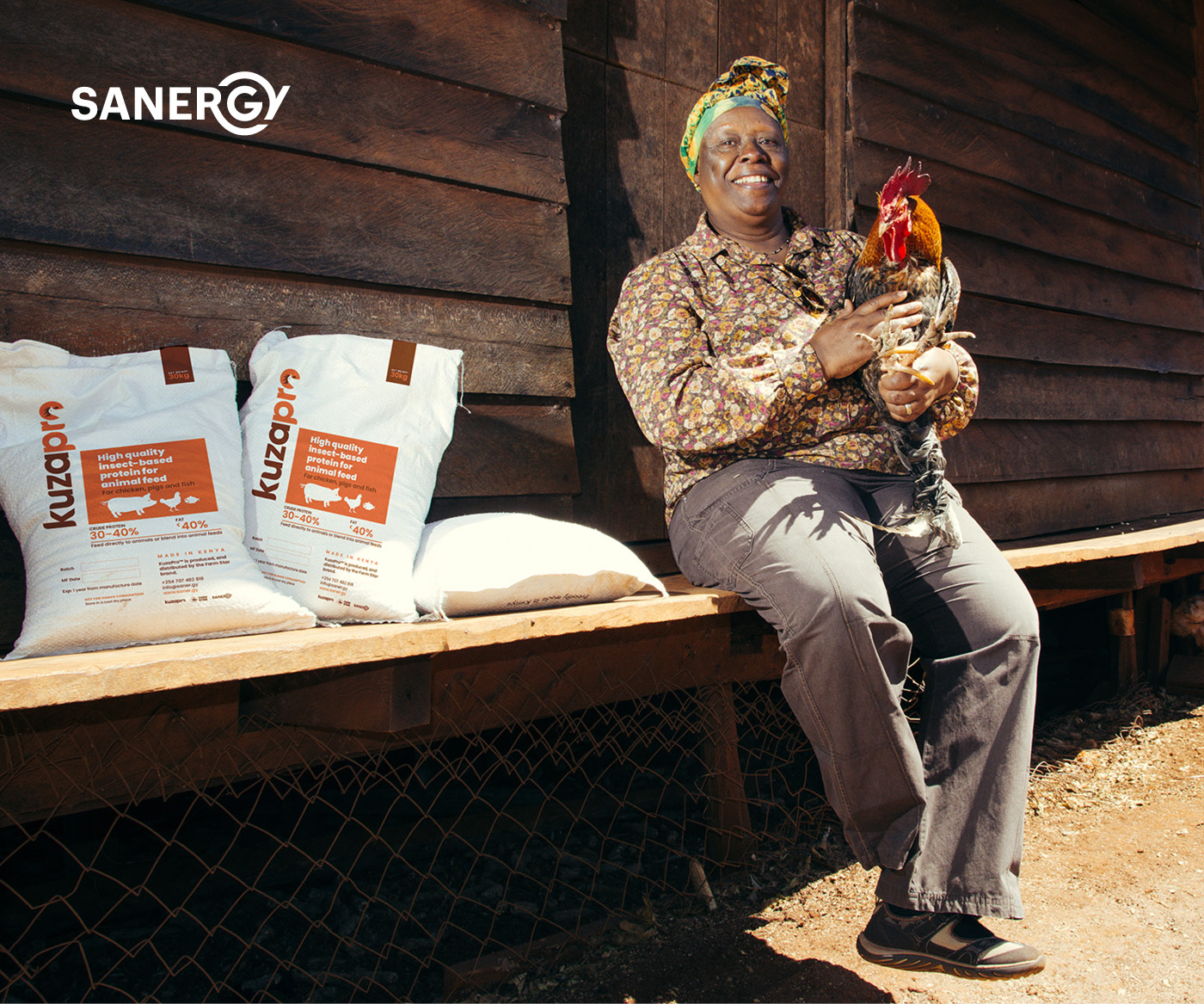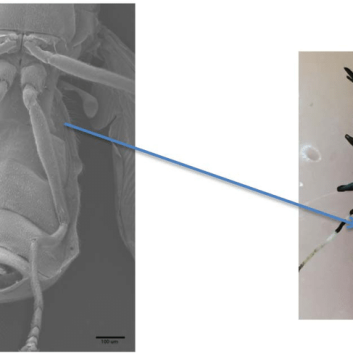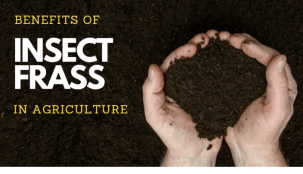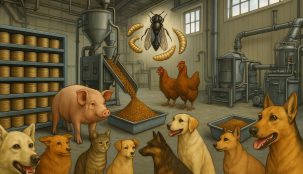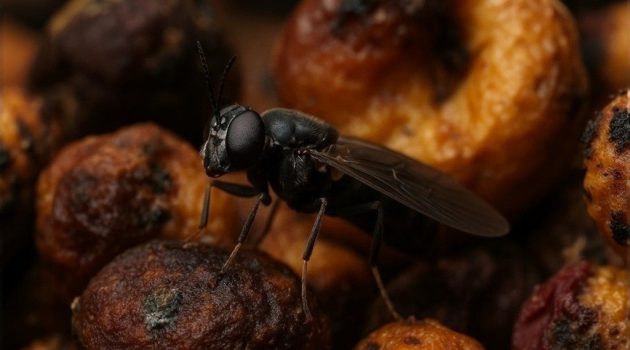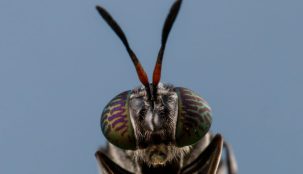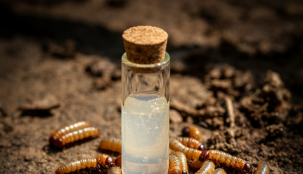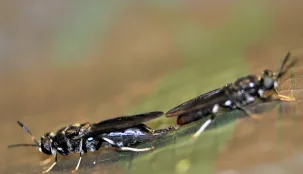How to model/predict the BSF larvae growth during production?
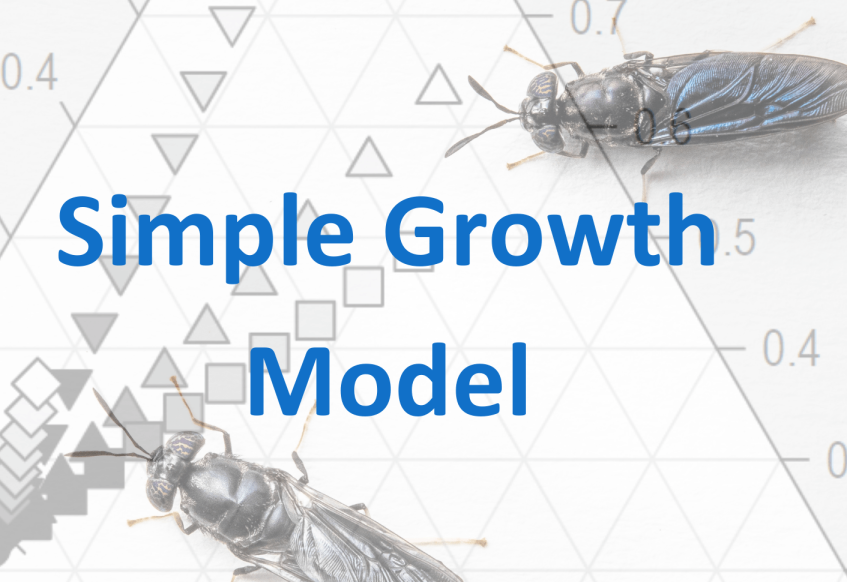
Exploring the relationship between input (mg, kcal, kj, protein, lipid content, etc.) giving to per larva and final-individual larva weight might be a good start.
A growth model conducted by KieBling et al. (2023), explored BSF larval weight based on the substrate contents of crude lipid and protein. 54 BSF larval diets based on stepwise (10%) replacement in the chicken feed by 7 raw materials.
KieBling et al. (2023) modeled the final larval weight depending on dietary protein and lipid content (why there is no Carbohydrate?) from these 54 substrates.
Result showed that a sharp (linear) decrease in larval weight gain was found for lower lipid contents.
If running 540 or 5400 substrates test, such dependence (i.e., larval weight ~ protein*lipid) could be quantified extensively and intensively; thus, able us to predict the BSF larvae yield, merely based on input data (i.e., amount, Protein, and liquid content).
P.S. Regarding the lipid contents in the BSF substrate, people often concern the lipid might be related to higher amounts of free fat in the substrate, thus creating anaerobe and sticky conditions on the surface of the larvae. The larvae’s respiration via the surface may be impeded and growth is hindered.
While mid crude lipid content (10%) might be good for BSF production, e.g., reduce heat stress, hinder microbes’ activities and associated heat production.










